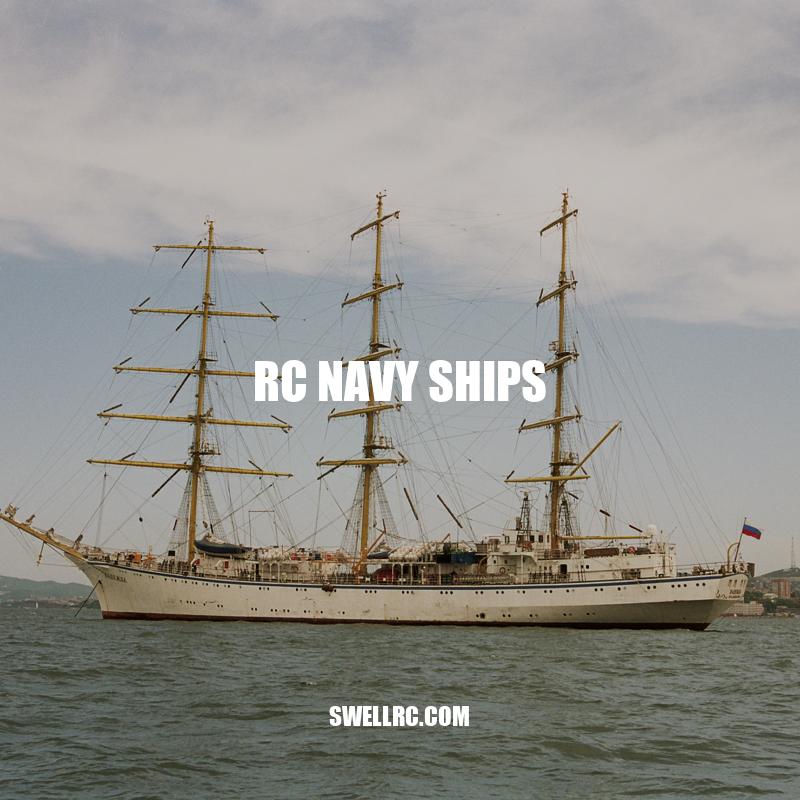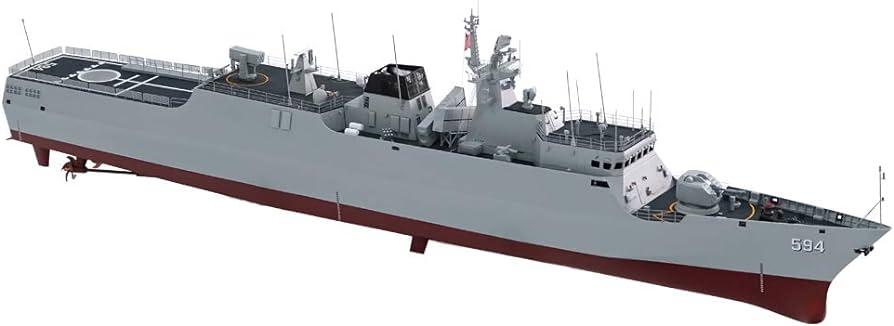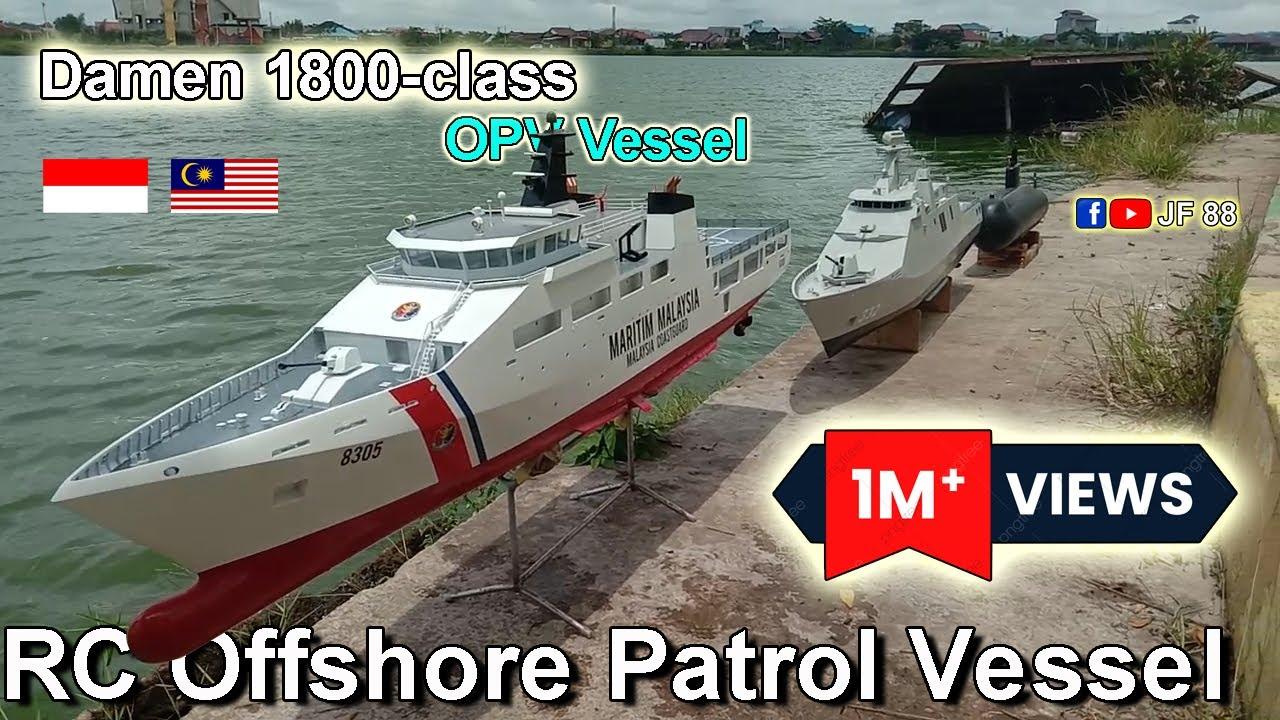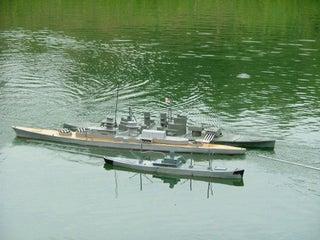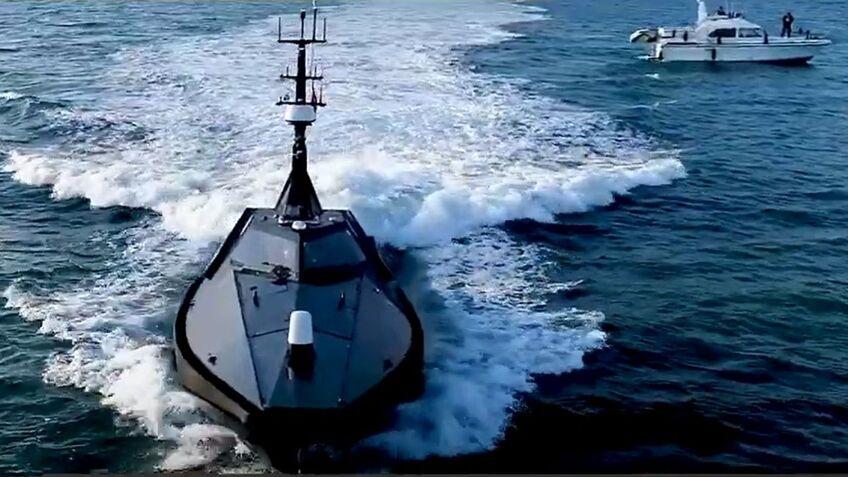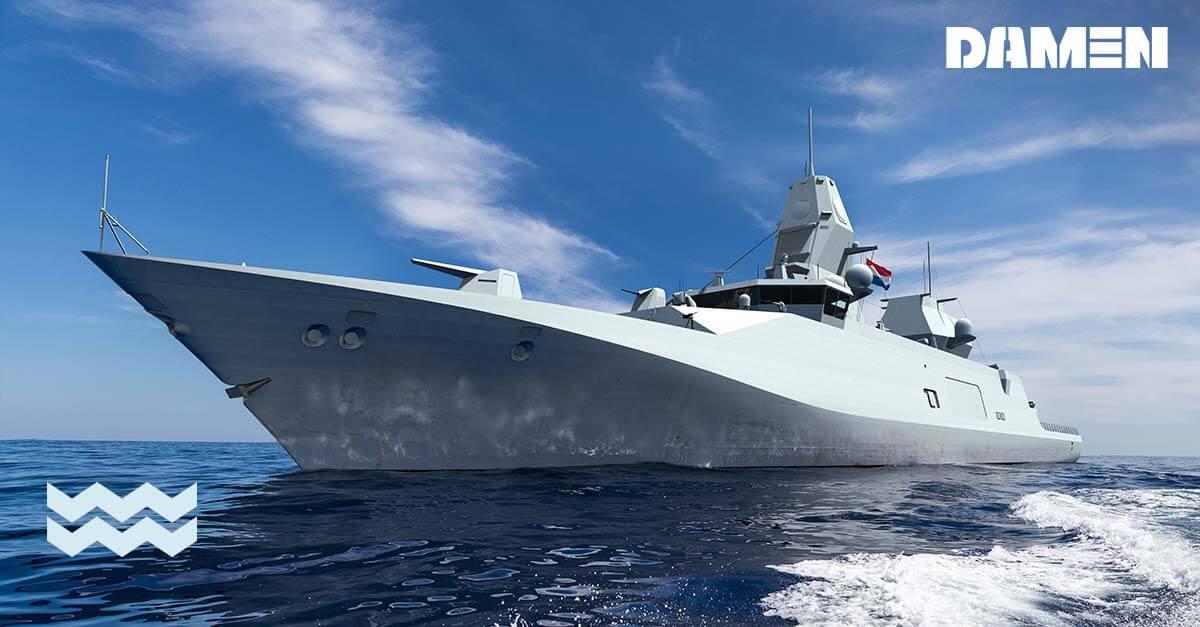Guide to RC Navy Ships: Types, Building, Maintenance, and Future Prospects
RC Navy ships are an increasingly popular hobby among enthusiasts. And it’s easy to see why. Owning an RC Navy ship brings numerous benefits, including the opportunity to have fun in the outdoors, explore your creativity and practical skills, and experience the thrill of sailing your own ship. RC Navy ships come in various sizes, models, and designs, and each type has its own functionalities and features that suit different levels of expertise, financial capability, and intended use. Whether you’re a beginner or an experienced sailor, whether you have a tight budget or unlimited resources, there’s surely an RC Navy ship that’s right for you.
Types of RC Navy Ships
RC Navy ships come in different types to cater to the various preferences and needs of hobbyists and enthusiasts. The following are the types of RC Navy ships you can choose from:
- Sizes – RC Navy ships come in different sizes, including micro-size, mini-size, and large-size models.
- Models – There is a wide variety of RC Navy ship models available. Some popular models include aircraft carriers, battleships, destroyers, submarines, and tugboats.
- Designs – RC Navy ships are available in different designs, from vintage to contemporary styles. Designs include speed boats, patrol boats, rescue boats, and warships, among others.
- Functionalities – RC Navy ships have various functionalities, from basic movement to advanced features. Some functions include speed, maneuverability, control range, and signal transmission.
- Features – RC Navy ships have various features, including lights, sounds, smoke, and gun effects. Some RC Navy ships have advanced features such as GPS, autopilot, and night-vision cameras.
If you’re thinking of buying an RC Navy ship, consider your level of expertise, intended use, and budget to find the right type that suits your needs. You can browse online stores such as Amazon, eBay, and other specialised RC hobbyist stores to find a wide variety of RC Navy ships available.
What factors should I consider when choosing an RC Navy ship?
Some factors to consider when choosing an RC Navy ship include size, features, durability, and price. Other factors may include the ship’s speed, maneuverability, and ability to handle different weather conditions. It’s important to also consider the type of body of water the ship will be used in and the intended use of the ship.
Building an RC Navy Ship From Scratch: Tips and Guidelines
Building an RC Navy ship from scratch can be a satisfying experience for enthusiasts and hobbyists. Here are some tips and guidelines to help you get started:
- Essential Tools – Prepare the following tools before building your RC Navy ship: a hobby knife, screwdrivers, pliers, glue gun, soldering iron, and sandpaper.
- Materials – Purchase the necessary materials, such as wood, plastic, foam, and metal parts. You can also buy pre-made kits that contain all the materials required to build an RC Navy ship.
- Steps – Follow these basic steps to build your RC Navy ship:
- 1 – Create a blueprint or plan of your RC Navy ship.
- 2 – Cut and shape the materials according to the blueprint.
- 3 – Assemble the parts using glue or soldering iron.
- 4 – Install the motor, propeller, and other electronics.
- 5 – Add final details such as paint, decals, and lights.
Building an RC Navy ship from scratch may require time, effort, and a learning curve, but it can be a rewarding experience. You can also find various tutorials and instructional videos online to guide you through the process. Websites such as RC Groups and RC Universe offer helpful resources and forums for enthusiasts to share tips, ideas, and experiences.
What materials and tools do I need to build an RC Navy ship?
Materials you’ll need to build an RC Navy ship include: fiberglass, wood, plastic, polystyrene, and metal. Tools required are a saw, cutter, sandpaper, drill, glue, and a soldering iron.
Maintaining and Caring for Your RC Navy Ships: Tips and Procedures
Proper maintenance and care for RC Navy ships are crucial to ensure their longevity and smooth sailing experience. Here are some basic guidelines to follow:
- Maintenance Tips – Check your RC Navy ship regularly for any damage, loose parts, and dirt or debris that may affect performance. Tighten any loose screws, wires or connectors. Keep the battery charged and avoid overcharging to prolong its life.
- Cleaning Procedures -Clean your RC Navy ship after each use to prevent buildup of dirt, salt, or other substances that may damage the hull and other parts. Remove the batteries before cleaning. Use a soft-bristled brush or cloth with mild soap and water. Rinse well and dry completely before storing.
- Storage Guidelines – Store your RC Navy ship in a dry, cool, and safe place away from direct sunlight or heat. Remove the batteries and store them separately to prevent leakage or damage. Cover the ship with a dust cover or cloth to prevent dust or debris buildup.
- Repairing Procedures – If your RC Navy ship gets damaged, follow the manufacturer’s instructions or seek professional help to repair or replace the damaged parts. Do not attempt to repair or modify the electronics or parts if you are not experienced or qualified.
You can also find various products such as cleaners, lubricants, and protectants specifically designed for RC Navy ships. Websites such as Horizon Hobby and HobbyKing offer a range of products and accessories for RC Navy ships that can help improve their performance and convenience.
What products are specifically designed for RC Navy ships and where can they be found?
There are a variety of products specifically designed for RC Navy ships, including hulls, motors, propellers, speed controllers, and radio systems. These can be found at hobby stores, online retailers, and specialty RC boat shops.
Common Challenges Faced by RC Navy Ship Owners
Despite their popularity and numerous benefits, RC Navy ship owners may face some challenges while operating their ships. Here are some common challenges and possible solutions:
- Battery Life – Depending on the size and specifications of your RC Navy ship, battery life can be a major concern. Consider buying additional batteries and a charger that suits your ship. Avoid overcharging or discharging the battery beyond its limit. Switch to a higher capacity battery if needed.
- Speed Control – New users may find it difficult to control the speed of their RC Navy ship. Start with low speed and practice controlling the speed and direction. Be patient and avoid steering too much or too abruptly. Upgrade to a ship with better speed control features if needed.
- Range and Signal Transmission – The range and strength of your RC Navy ship’s signal transmission depend on several factors such as weather conditions, interferences, and obstructions. Try to operate your ship in open waters and avoid operating near other electronic devices. Upgrade to a ship with advanced signal transmission technology if needed.
- Water Resistance – Despite their water resistance, RC Navy ships can get damaged due to water exposure or leakage. Always inspect your ship before and after use to check for cracks, leaks, or damages. Seal any gaps or cracks with silicone or epoxy glue. Consider buying a waterproof casing or bag for your ship.
You can find various resources and forums online where RC Navy ship enthusiasts and experts share their experiences and advice on how to overcome these challenges. Websites such as RC Groups and RC Universe are great platforms to interact with fellow hobbyists and learn from their experiences.
What are some common challenges RC Navy ship owners may face while operating their ships?
Some common challenges RC Navy ship owners may face while operating their ships include navigating in rough water conditions, maintaining battery life, and dealing with mechanical failures or malfunctions.
Future prospects of RC Navy ships
The future of RC Navy ships looks promising, with several innovations and improvements expected in the design and functionality of these ships. Here are some exciting prospects to look forward to:
- Innovations and Improvements in Design and Functionality – Researchers and manufacturers alike are constantly exploring ways to improve the design and functionality of RC Navy ships. Expect to see advanced technology like 3D printing, artificial intelligence, and advanced sensors in future models. Possible improvements may also include better speed control, longer battery life, and enhanced signal transmission features.
- Growing Demand for Eco-friendly and Sustainable RC Navy Ships – With the growing concern for the environment, manufacturers are expected to produce more eco-friendly and sustainable RC Navy ships that are powered by renewable energy sources like solar power, wind power, or hydrogen fuel cells. These ships will be more cost-effective and efficient in the long run.
- Impact on the Marine Industry – RC Navy ships may have a significant impact on the marine industry, particularly in improving safety and efficiency. Researchers envision using these ships in marine research, search and rescue missions, and surveillance operations. The use of RC Navy ships may also reduce the need for manned vessels and their associated costs.
Several websites and online stores specialize in RC Navy ships and related products. Websites like Hobbytron and Horizon Hobby offer a wide range of RC Navy ships and parts for enthusiasts. Keep an eye out for new models and advancements in the technology of RC Navy ships.
What are some possible future advancements in the design and functionality of RC Navy ships?
Possible future advancements in the design and functionality of RC Navy ships could include improved autonomy, greater maneuverability and speed, enhanced communication and surveillance technologies, and increased integration of sensors and computer systems.
Conclusion
In conclusion, RC Navy ships are exciting and engaging toys that are becoming increasingly popular among enthusiasts and hobbyists. They offer numerous benefits, including promoting creativity, improving technical skills, and fostering social connections. With the various types, designs, and functionalities available in the market, there is an RC Navy ship suitable for anyone willing to explore the world of remote-controlled sailing.
Building and maintaining RC Navy ships require dedication, time, and effort as with any hobby. However, the satisfaction that comes from building your own model or seeing it cruising in the waters is priceless. Additionally, with advancements in technology and the innovation of eco-friendly and sustainable RC Navy ships, the future of RC Navy ships appears bright.
If you are interested in remote-controlled sailing, consider joining a community or investing in an RC navy ship. There are several websites and online stores that offer a wide range of RC navy ships and parts to enhance the performance of these ships. With proper care and maintenance, RC Navy ships can provide years of sailing fun and entertainment. Overall, the world of RC Navy ships is an exciting one, and anyone can join in on the fun and adventure it offers.

